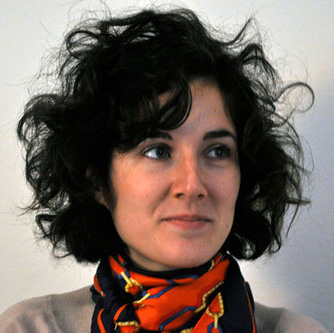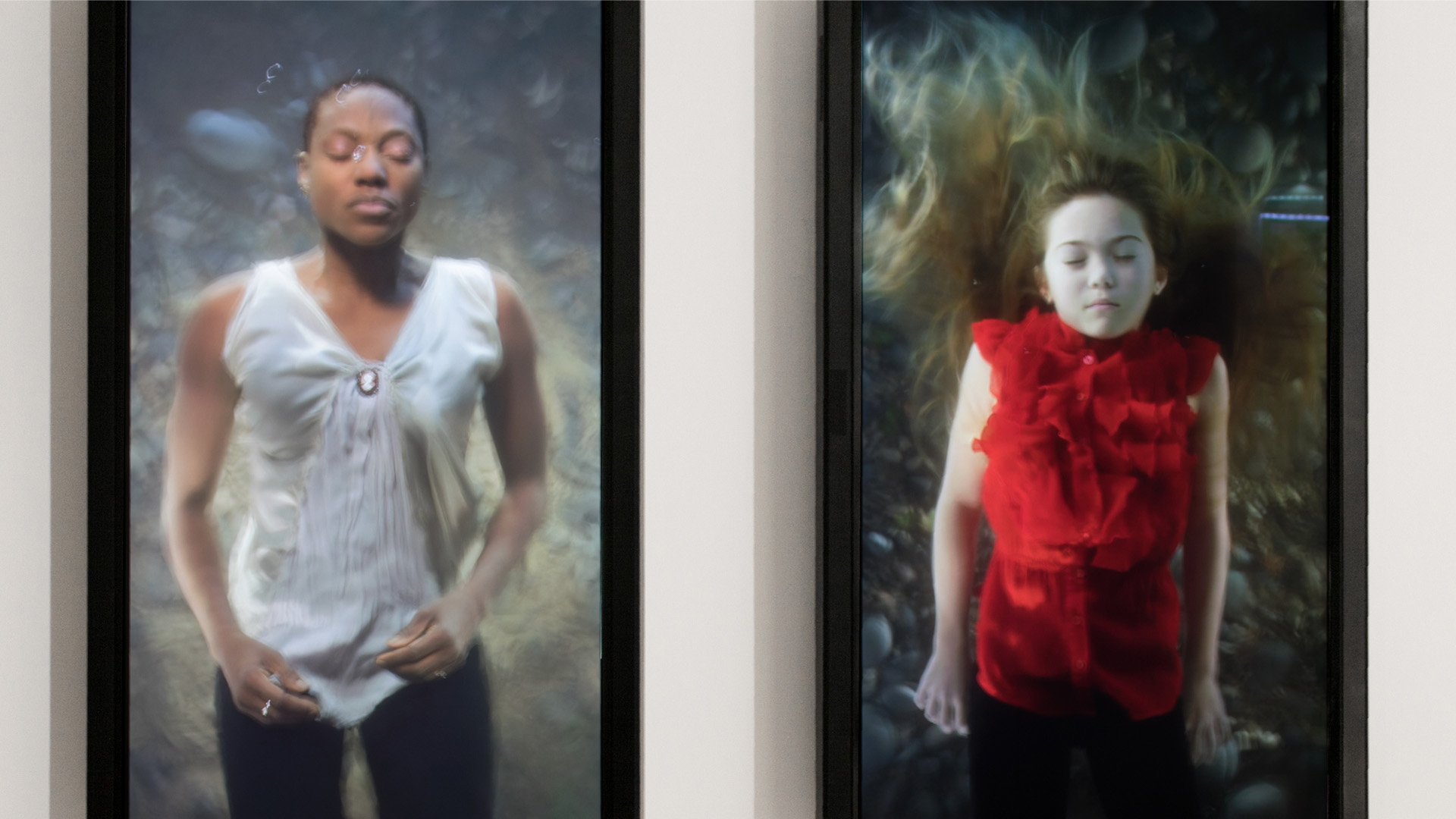Blog
On Bengü Karaduman’s “Innocent Failure in the System”
20 December 2019 Fri
With this work, Bengü Karaduman explores her interest in the impact of confinement on the human psyche.

MERVE ÜNSAL
merve.unsal@gmail.com
As the viewer looks at “Innocent Failure in the System” (2010), imagining the sequence of actions that the protagonist performs, they are put in a position to make associations and to empathize—the viewer is made to go through what they are seeing. There is a soft imposition through looking at the body of the artist, pulling in the viewer to contemplate what they are viewing as well as what has led the artist to stage this act.
“Innocent Failure in the System” is a staged photograph in which the artist has placed herself in the middle. She is holding a rope with her two hands, extended arms and behind her are numerous ropes that she appears to be tied to. It is unclear whether she is pulling or just holding on to the ropes, just as it is unclear whether the ropes behind her are holding her in place or pulling her. This ambiguity of direction, as well as her open expression, which the viewers can only see from the side, produce an image on which viewers can project their own perceptions of the situation that the artist has staged. Seen from the particularly charged social and cultural moment that we are in, the positioning of the artist, a stand-in for any and every woman, depends on everything and nothing.

Bengü Karaduman, Innocent Failure in the System, 2010.
56 x 120 cm, C-print, plexiglass.
Karaduman explores the moments of roles through assigning herself the role of the performer. This could be entrapment in a certain role assigned by society, or it could equally be a rite of passage or it could be existential angst or it could be a self-reflexive gesture of contemplating on artistic production. The artist wears her curiosity as a costume for just long enough to understand what that moment of obligation would make her feel and look like. This moment can best be described as a momentary pause for investigation—in this case, an investigation of the social and personal responsibilities such a bond would bring, and also into how Karaduman’s behavior would change in such a situation.
The frozen image of a performative gesture also questions the aspect of temporality in this work. Is this only a moment or is this a perpetual state? What happens afterwards? What has led to this particular moment? The medium of photography is frustrating, which is Karaduman’s material here—not knowing what the viewers are looking at and for how long becomes a tool of contemplation, helping them figure out what is projected onto this image and what is actually there. In other words, the ways in which this image is perceived is very specific and very vague, drawing on the ambiguity of the medium itself.
The title of the work is also a site of tension as the notions of “innocence”, “failure” and “system” are all dependent on the scale with which viewers choose to perceive the image. The title could also be seen as an autobiographical reference or an artistic commentary; Karaduman creates parallel realities in order for her to satisfy her own curiosity of what “it would be like” to occupy those situations. Ultimately, Karaduman creates scenarios of confinement—a curiosity driven by fear of pacification, of incapacitation. This is almost a self-therapeutic event: it’s a process of healing, it’s a process of finding out where personal and social boundaries converge, and ultimately one of self-reflection through material. And maybe this is exactly why Karaduman can be considered an image-driven artist—Karaduman produces her own iconography, linking images back to her own self-image, constantly situating herself in a time and a place while abstracting herself enough from the situation so that the icons are timeless, moving backwards and forwards in time.
ABOUT THE WRITER
Merve Ünsal is a visual artist based in Istanbul. In her work, she employs text and photography, extending both beyond their form. Ünsal is the founding editor of the artist-driven online publishing initiative m-est.org.



